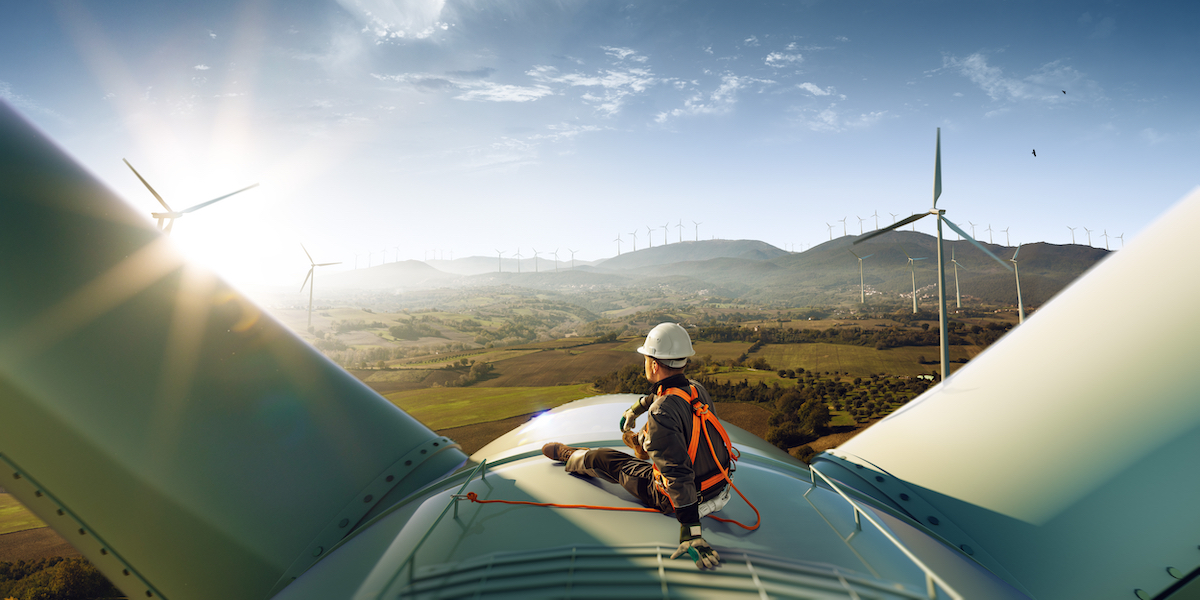Over the next ten years, we will see a number of key trends influence the design and quality of the built environment. Most of these changes will enhance our lives and improve productivity. But it is necessary, also, to sound notes of caution on how these are implemented to make sure people’s needs aren’t compromised by the disruptions we face.
Broadly speaking, there are five so-called mega-trends that will impact the future of the built environment. First, the ‘Internet of Things’ (IoT) will improve our capacity to monitor and operate buildings. We will see enhanced integration of hundreds of devices including sensors, controls, switches, and our personal devices, to create a networked built environment (see page 7).
The use of IoT in buildings has been growing 20% per year, but this will accelerate as the functionality of devices broadens and manufacturing costs go down. The internet is disruptive in a number of ways; not only because we can, for example, install cheap Wi-Fi cameras and energy meters, but also because it allows people to work differently. Increasingly, work will be something you do rather than a place you go.
Coffee shops have become pit stops for catching up with emails and home working is becoming popular. This provides workers with freedom and flexibility, and can improve productivity. However, it also means that employers will have to ensure workplaces are attractive to encourage face-to-face collaboration and team interaction.
The second mega-trend is the rise in intelligent buildings. This is partly enabled by IoT, and is intended to make buildings more responsive and automated. A few years ago, heating and air-conditioning controls had basic temperature settings. Now, building management systems can adjust lighting and ventilation in meeting rooms and operate a range of facilities.
Intelligent buildings become self-learning to the point where individual needs can be predicted based on the analysis of occupancy profiles and preferences, measured by movement sensing and data collection from people’s personal devices. In a large workplace, for example, heat maps will tell staff where they can find empty desks or whether air quality is better in certain areas. Visitors will no longer have to ‘sign in’ when they enter a building because face recognition technology will confirm their identity.
The third mega-trend is driven by the desire for more sustainable design and construction processes. This will lead to a focus on the circular economy. We will see property developers, constructors and manufacturers increasingly improve resource efficiency and reduce wastage. Some good progress has already been made in the construction sector. The sector currently reclaims 90% of waste generated from building and demolition sites, but that still means there is waste, as evidenced by the fact that the construction sector is responsible for a third of UK’s waste sent to landfill.
Best practice constructors are targeting 95%-100% reclamation of construction waste. Off-site, or modular, construction techniques and a drive to ‘design for manufacture’ will help reduce waste further and improve productivity. Materials will be better selected for fitness for purpose and designs will consider disassembly and re-use when changes need to be made.
The adoption of virtual reality (VR) and immersive technologies will improve the design experience, and avoid mock-ups or show rooms being made. Clients and designers will visualise a building and walk around it (figuratively speaking) before it is built. Developers will use VR to review and interrogate design options before investing in the next stage of design and construction. Building managers will check access and space for equipment replacement. This will improve the likelihood that building performance and maintenance is optimised.
The fourth mega trend in the built environment is the need for resilience in an ever-changing world. It encompasses continuity of services, as we become dependent on electrical infrastructure and networks. Increasingly, developers will consider the need for power storage if utilities can’t ensure security of supply and back-up strategies. Climate change is a threat to property resilience as temperatures are predicted to get warmer, flooding will be more likely and extreme weather events will me more frequent.
Finally, the fifth mega-trend is in health and wellbeing in buildings. A collaborative research project called ‘wellness together’(wellnessandwork.co.uk) supported by Hoare Lea, amongst others, demonstrates a strong correlation between the quality of a workplace and the wellbeing of the staff. Good facilities in comfortable surroundings, with good light and ventilation, increase happiness and improve productivity. Wellbeing that can be measured will increasingly drive the commercial property sector. Landlords and employers who do not embrace this will find it harder to attract and retain good people.
These megatrends are driven by a combination of technological, environmental and social change. Property professionals, and the property supply chain, will need to make sure that people’s needs are at the centre of change.
Ashley Bateson is a Partner & Head of Sustainability at Hoare Lea LLP.




